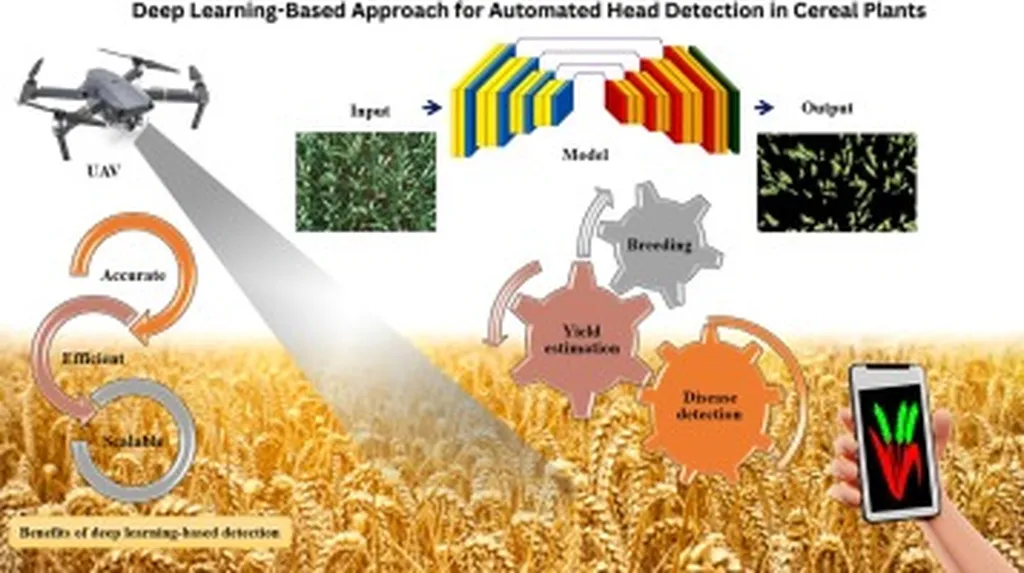In the ever-evolving landscape of agricultural technology, precision is paramount. Farmers and agritech companies alike are constantly seeking ways to enhance the accuracy of their unmanned devices, from drones to autonomous tractors, to improve efficiency and yield. A recent study published in *Biomimetic Intelligence and Robotics* offers a promising advancement in this arena, addressing a critical challenge in Simultaneous Localization and Mapping (SLAM) technology.
SLAM is a cornerstone of autonomous navigation, enabling devices to map their environment while keeping track of their location. However, in degraded environments—such as dense crops or dusty fields—SLAM systems often struggle due to a lack of constrained features, leading to reduced accuracy. To tackle this issue, researchers led by Yanbin Li from the School of Electronics Engineering at Beijing University of Posts and Telecommunications have developed a deep learning-based adaptive compensation strategy for sensors.
The team’s approach is both innovative and practical. They began by creating a dedicated dataset containing coordinate data of particle swarms with varying distributional features. This dataset was used to train a degradation detection model through supervised learning, enabling the model to identify when and how sensors are degrading. “The key was to design a lightweight network model that could perform real-time degradation detection with minimal computational overhead,” explains Li. “This ensures that the system remains efficient and scalable for agricultural applications.”
The researchers then designed an adaptive compensation strategy that adjusts the contribution of different sensors in the pose optimization process based on the degree of degradation detected. This means that the SLAM system can dynamically assign weights to sensor information, ensuring that the most reliable data is prioritized. The result is a significant improvement in the robustness of SLAM in degraded environments, leading to more accurate localization and mapping.
The implications for the agriculture sector are substantial. Autonomous vehicles and drones equipped with this enhanced SLAM technology could navigate more effectively through challenging environments, such as dense orchards or dusty fields, without compromising on precision. This could lead to more efficient crop monitoring, targeted pesticide application, and optimized harvesting, ultimately boosting productivity and sustainability.
The study’s findings also open up new avenues for future research. As Li notes, “This adaptive compensation strategy could be extended to other types of sensors and environments, further enhancing the versatility of SLAM technology.” The potential for integration with other emerging technologies, such as edge computing and advanced robotics, could also pave the way for even more sophisticated agricultural solutions.
In a field where every inch of precision counts, this research represents a significant step forward. As the agriculture industry continues to embrace automation and data-driven practices, innovations like these will be crucial in shaping the future of farming.

